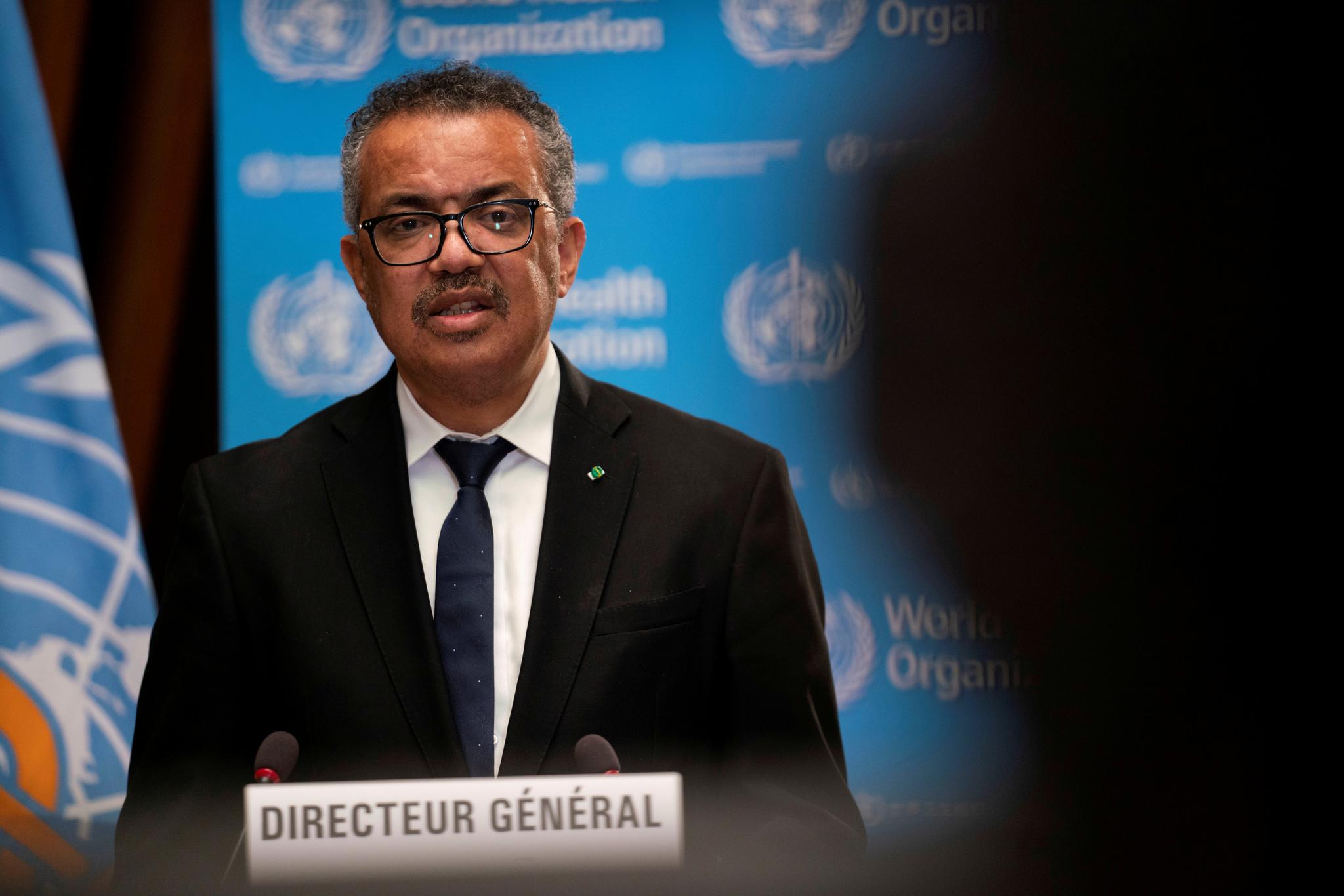
GENEVA/ZURICH (Reuters) – Data was withheld from World Health Organization investigators who travelled to China to research the origins of the coronavirus epidemic, WHO Director-General Tedros Adhanom Ghebreyesus said on Tuesday.
The United States, the European Union and other Western countries immediately called for China to give “full access” to independent experts to all data about the original outbreak in late 2019.
In its final report, written jointly with Chinese scientists, a WHO-led team that spent four weeks in and around Wuhan in January and February said the virus had probably been transmitted from bats to humans through another animal, and that a lab leak was “extremely unlikely” as a cause.
One of the team’s investigators has already said China refused to give raw data on early COVID-19 cases to the WHO-led team, potentially complicating efforts to understand how the global pandemic began.
“In my discussions with the team, they expressed the difficulties they encountered in accessing raw data,” Tedros said. “I expect future collaborative studies to include more timely and comprehensive data sharing.”
The inability of the WHO mission to conclude yet where or how the virus began spreading in people means that tensions will continue over how the pandemic started – and whether China has helped efforts to find out or, as the United States has alleged, hindered them.
“The international expert study on the source of the SARS-CoV-2 virus was significantly delayed and lacked access to complete, original data and samples,” Australia, Canada, the Czech Republic, Denmark, Estonia, Israel, Japan, Latvia, Lithuania, Norway, Korea, Slovenia, Britain, the United States and the European Union said in a joint statement.
“NOT EXTENSIVE ENOUGH”
Although the team concluded that a leak from a Wuhan laboratory was the least likely hypothesis for the virus that causes COVID-19, Tedros said the issue required further investigation, potentially with more missions to China.
“I do not believe that this assessment was extensive enough,” he told member states in remarks released by the WHO. “Further data and studies will be needed to reach more robust conclusions.”
The WHO team’s leader, Peter Ben Embarek, told a press briefing it was “perfectly possible” the virus had been circulating in November or October 2019 around Wuhan, and so potentially spreading abroad earlier than documented so far.
“We got access to quite a lot of data in many different areas, but of course there were areas where we had difficulties getting down to the raw data and there are many good reasons for that,” he said, citing privacy laws and other restrictions.
Second phase studies were required, Ben Embarek added.
He said the team had felt political pressure, including from outside China, but that he had never been pressed to remove anything from its final report.
Dominic Dwyer, an Australian expert on the mission, said he was satisfied there was “no obvious evidence” of a problem at the Wuhan Institute of Virology.
The European Union called the study “an important first step” but renewed criticisms that the origin study had begun too late, that experts had been kept out of China for too long, and that access to data and early samples had fallen short.
In a statement, Walter Stevens, EU ambassador to the United Nations in Geneva, called for further study with “timely access to relevant locations and to all relevant human, animal and environmental data available”.
Reporting by Stephanie Nebehay, John Miller and Emma Farge; Editing by Mark Heinrich and Kevin Liffey
Image: FILE PHOTO: Tedros Adhanom Ghebreyesus, Director General of the World Health Organization (WHO) speaks during the opening of the 148th session of the Executive Board on the coronavirus disease (COVID-19) outbreak in Geneva, Switzerland, January 18, 2021. Christopher Black/WHO/Handout/File Photo/File Photo




